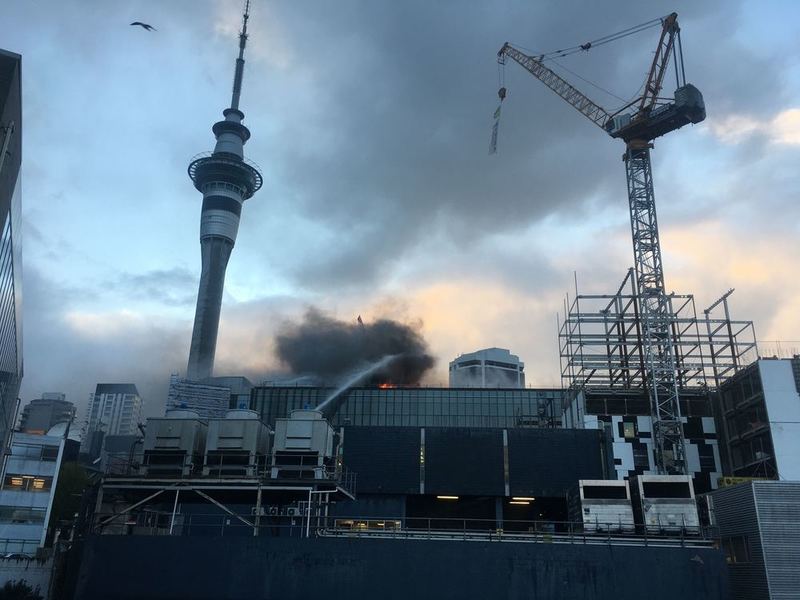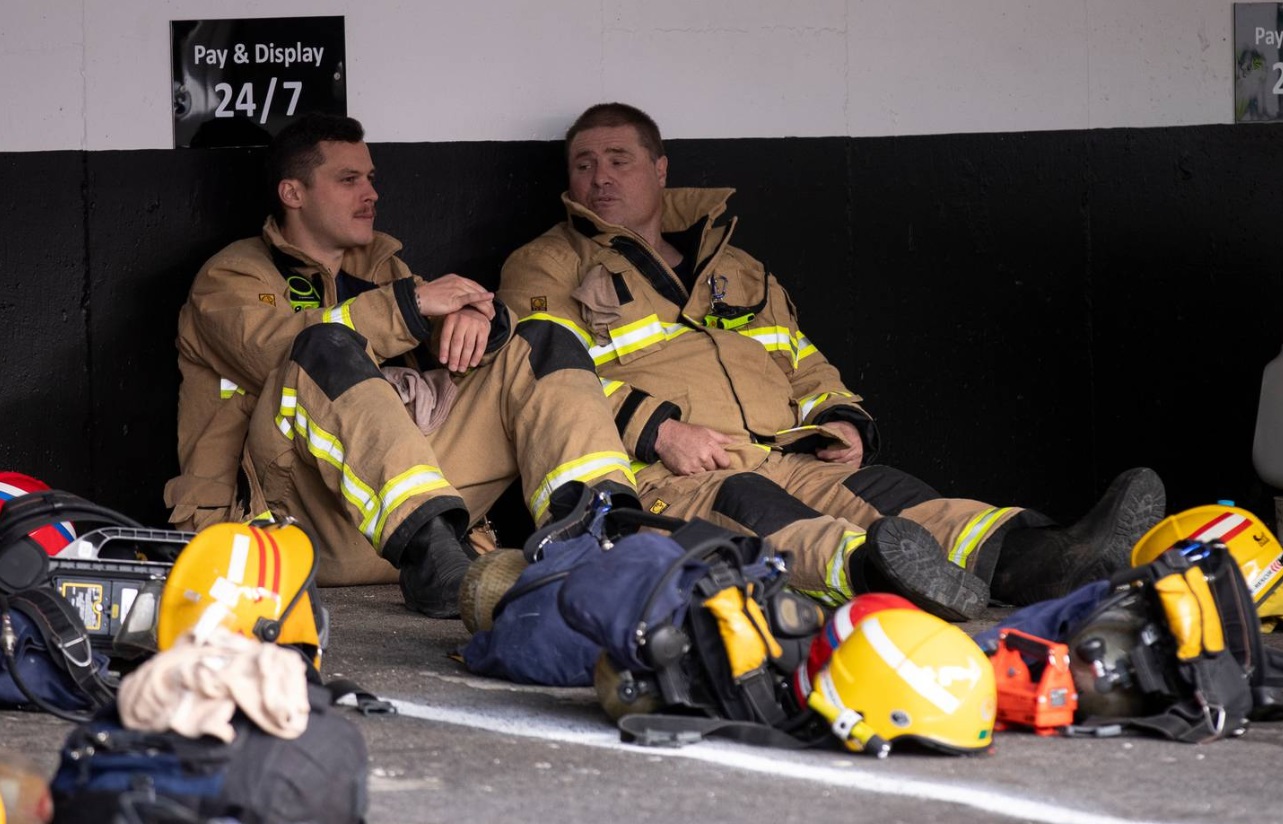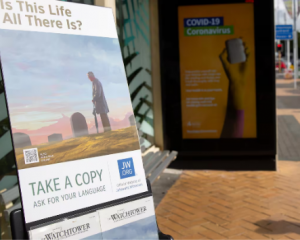
Fire and Emergency New Zealand assistant area manager Dave Woon said that once the building roof had burned to a point where there were no hazards - mainly falling objects and material - crews could get into the building and shift their focus.
Woon asked the public to "show compassion" while firefighters battled the blaze.
NZ Professional Firefighters Union president Ian Wright says the fire is one of the toughest their crews will ever face but getting choppers in the air to help bring the fire under control was too dangerous due to the rate of the water expanding - 1700 times per litre - and turning to steam when it hits the flames.
Fire crews from around not only Auckland but as far south as Hamilton have been fighting a fire at the $700 million building since 1.15pm yesterday.
More and more buildings are being evacuated and guests are being re-accommodated at other motels and hotels around the city.
"This is as serious as it gets. This is a dangerous, dangerous fire," Wright said
Asked whether using monsoon buckets could help or hinder the firefighting efforts, Wright said dumping 500-litre buckets of water wouldn't be an option.
"It's probably not appropriate to be dropping tonnes of water on there with helicopters.

The building's construction, in general terms, has floors and ceilings which go up and across on the same floor and it is crucial - but difficult - for firefighters to get in those areas.
"So what's happening in there with these firefighters, there will be thick black smoke, extreme heat and it will be really punishing. So it's not what you see from the outside with the people on the roof doing what they're doing, a lot of the hard work will be out of sight, in the dark, with extreme heat, and you're only feeling your way.
"You would expect a fire to behave a certain way. If there's bit missing in a building, like holes in walls or holes in ceilings then the fire growth and fire development is going to alter markedly, so then we have to change our tactics and react.
"That's why we train."
He said the speed and colour of the smoke were two indicators of how the fire was behaving.
"The speed of smoke, the growth of the smoke, the colour of the smoke. Whether it's lazy or pulsing, all these things give clues to firefighters about what's occurring inside.
"Is it oxygen hungry, is it oxygen rich, is it ventilated, what type of things are on fire?
"Different things that are on fire produce different coloured smoke."
He said the SkyCity fire would be "extremely toxic" due to that dark-coloured smoke.
"It means it's dangerous and this fire will be extremely toxic."
He said the blaze was a classic example of firefighters being yet again exposed to deadly carcinogens which after periods of time bore through their firefighting gear and contaminate their skin.
Adding to the complexities of fire these days was the new types of materials being developed around the world - they're lighter and stronger but contain compounds firefighters weren't sure how they would react to fire.
"There could be lots of [international] companies developing these wonder products ... firefighting is not just as simple as turning up and putting water on a fire, it's understanding a whole lot of different verticals."
The fire was likely taking a long time to put out due to the taxing environment of crews - who need to be rotated and rested - as well as the unfinished nature of the convention centre.
"It is a really taxing environment. You're working with high humidity, not just heat. When the water you put on turns to steam and becomes really, really humid. Like walking off a plane in Bali, but worse.
"There will be firefighters there who are exhausted. This fire will be going for a long time yet I'd say," Wright said on Tuesday night.
He said there were two ways to fight fires - aggressively and defensively. They were fighting the Auckland blaze aggressively.
As for the smoke, he said it had "a great deal of speed to it, it's mushrooming. There's a lot burning."
He said people would be able to tell firefighters were making headway when the smoke began lightening - turning to grey and eventually white [steam].
The strong wind warning - with gales up to 110km/h expected in the city today - was not good news.
"That's not ideal. Depending where the wind goes it can really, really make that fire accelerate. That's really bad news."












